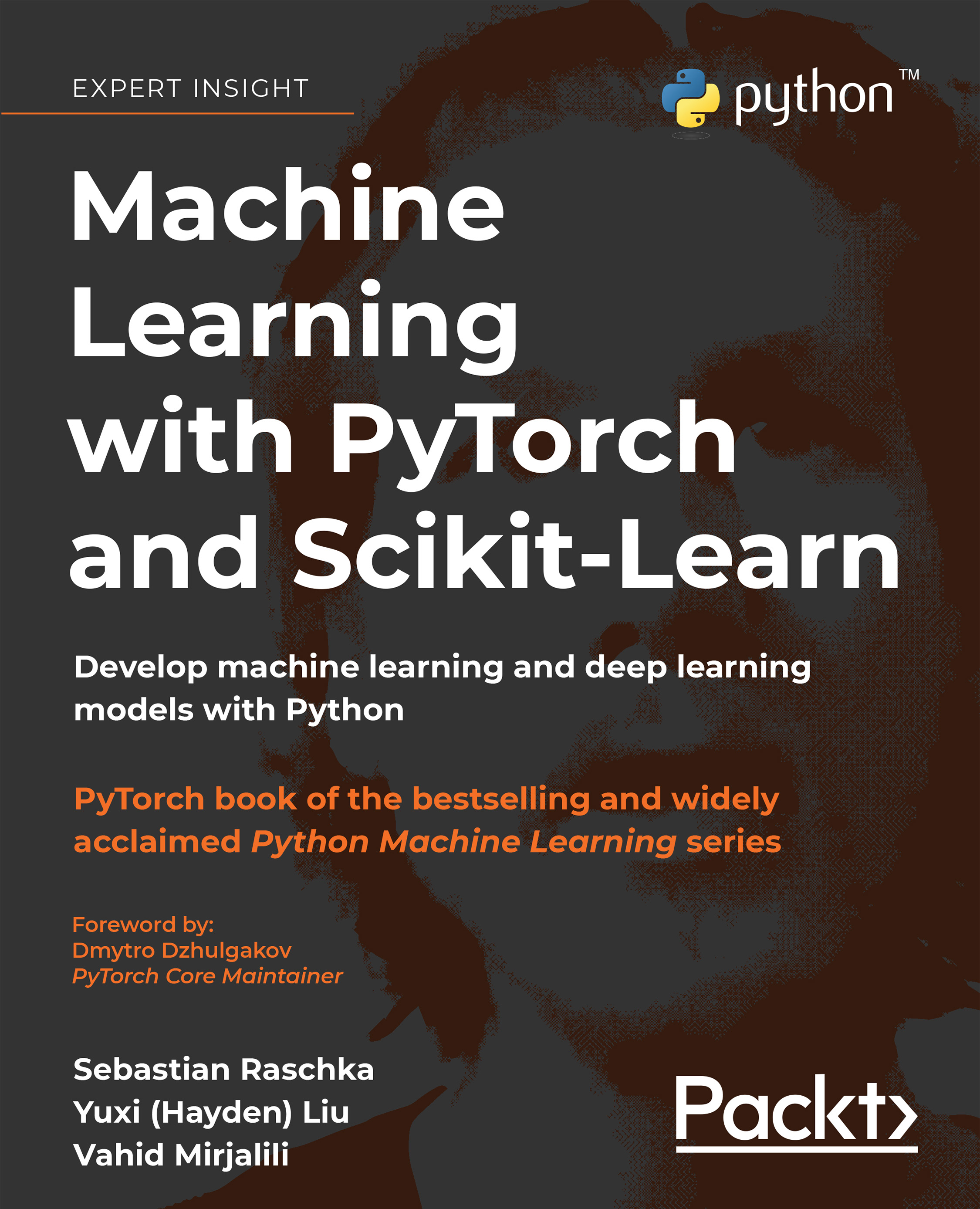Empowering YouTube creators with generative AI - Google DeepMind
Google DeepMind is introducing generative AI tools, Veo and Imagen 3, to YouTube creators through a feature called Dream Screen. This will allow users to generate creative video backgrounds for YouTube Shorts by starting with a text prompt and choosing from four AI-generated images. Veo will then turn the selected image into a high-quality 6-second video clip.
The Basics Behind AI Models for Self-Driving Cars
This article explains how AI models for self-driving cars work by simulating driving behaviors using sensor data and a neural network. It outlines the basic mechanics: cars are equipped with sensors that detect proximity to objects in all directions, and the model uses this data to predict acceleration, braking, and steering. The neural network is trained on synthetic data that mimics human driving decisions, such as how much to turn or accelerate based on obstacles. A five-layer neural network built with PyTorch is used to train the model, which is evaluated based on its accuracy and crash rates.
What is the Chinchilla Scaling Law?
The Chinchilla Scaling Law, introduced in 2022, proposes that smaller language models can outperform larger ones if trained on significantly more data. Traditional models like GPT-3 increased in size without proportionally scaling the training data, leading to inefficiencies. The Chinchilla Scaling Law suggests an optimal balance between model size and data, showing that doubling the amount of data for every doubling of model size can maximize performance with the same compute resources.
Improve RAG performance using Cohere Rerank
Cohere Rerank helps improve RAG's performance by reordering retrieved documents based on a relevance score using deep learning. This second-stage process refines the results by aligning them more closely with user queries, boosting search accuracy and efficiency. Cohere Rerank can be integrated easily with tools like Amazon SageMaker.
MIT researchers have developed "Co-LLM"
MIT researchers have developed "Co-LLM," an algorithm that enables large language models (LLMs) to collaborate for more accurate and efficient solutions. It pairs a general-purpose model with a specialized expert model, with a "switch variable" that identifies when the general model needs help. This process allows the general model to handle most of the response, while the expert model steps in only when needed, improving accuracy and efficiency. The approach mimics how humans consult experts for specific tasks.
 United States
United States
 Great Britain
Great Britain
 India
India
 Germany
Germany
 France
France
 Canada
Canada
 Russia
Russia
 Spain
Spain
 Brazil
Brazil
 Australia
Australia
 Singapore
Singapore
 Canary Islands
Canary Islands
 Hungary
Hungary
 Ukraine
Ukraine
 Luxembourg
Luxembourg
 Estonia
Estonia
 Lithuania
Lithuania
 South Korea
South Korea
 Turkey
Turkey
 Switzerland
Switzerland
 Colombia
Colombia
 Taiwan
Taiwan
 Chile
Chile
 Norway
Norway
 Ecuador
Ecuador
 Indonesia
Indonesia
 New Zealand
New Zealand
 Cyprus
Cyprus
 Denmark
Denmark
 Finland
Finland
 Poland
Poland
 Malta
Malta
 Czechia
Czechia
 Austria
Austria
 Sweden
Sweden
 Italy
Italy
 Egypt
Egypt
 Belgium
Belgium
 Portugal
Portugal
 Slovenia
Slovenia
 Ireland
Ireland
 Romania
Romania
 Greece
Greece
 Argentina
Argentina
 Netherlands
Netherlands
 Bulgaria
Bulgaria
 Latvia
Latvia
 South Africa
South Africa
 Malaysia
Malaysia
 Japan
Japan
 Slovakia
Slovakia
 Philippines
Philippines
 Mexico
Mexico
 Thailand
Thailand















